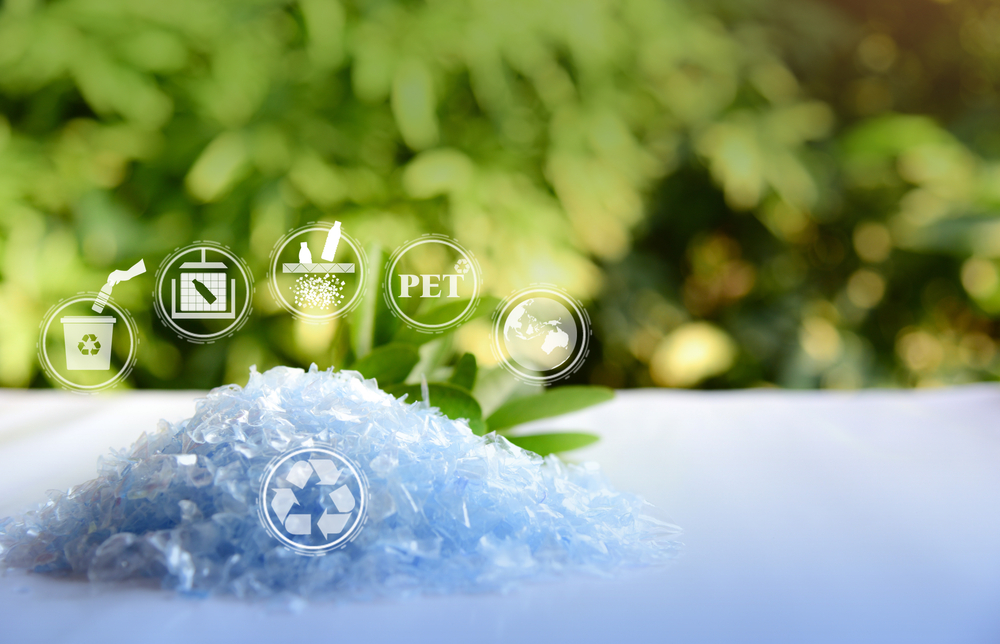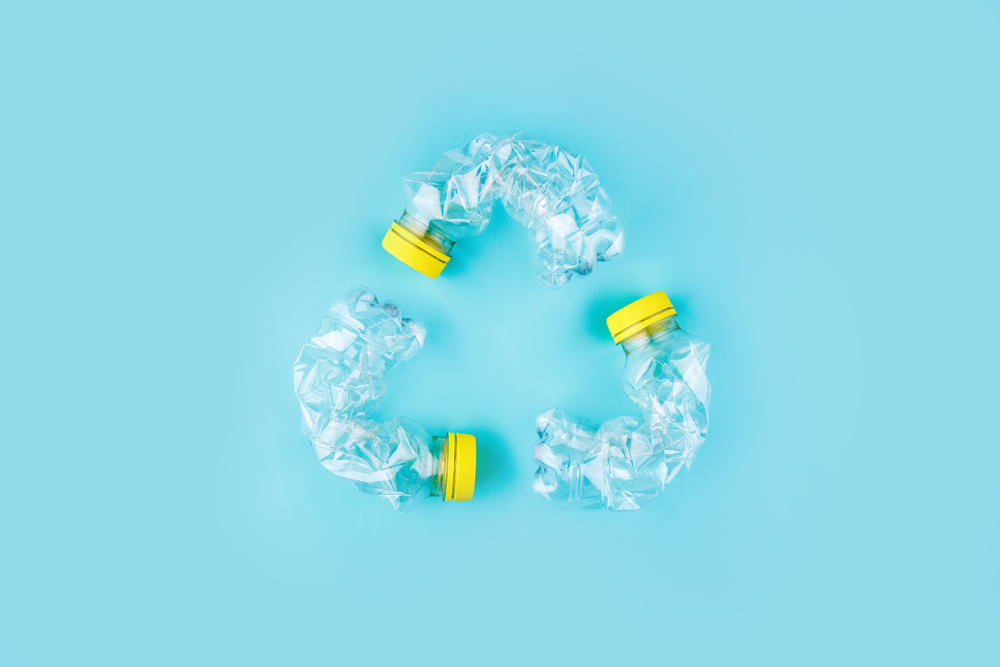Introduction
Polyethylene terephthalate (PET) is a widely used packaging material, favored for its strength and clarity. Commonly used to make bottles and containers, PET is lightweight, which cuts down on shipping costs, and it's recyclable, making it attractive for businesses focused on efficiency and environmental responsibility.
The push for sustainability in packaging is growing stronger, with a focus on the environmental impact of materials throughout their lifecycle. Sustainable packaging aims to use materials that are efficient and eco-friendly from production to disposal. Biodegradability is also crucial, ensuring materials break down naturally without harming the environment.
As industries expand, the demand for packaging that supports these environmental goals is rising. Consumers and regulations are pushing for solutions that reduce environmental harm and support a circular economy. While PET is already known for being recyclable, its potential for biodegradability and sustainable improvement is essential for future advancements. This sets the stage for a deeper look at how new technologies and practices can make PET packaging more sustainable.
Deep Dive into PET Plastic and Sustainability
Recyclability of PET
Polyethylene terephthalate (PET) plastic is often hailed as a sustainable option in the packaging industry, primarily due to its strong recycling infrastructure and energy-efficient production processes. Unlike other plastics, PET can be recycled multiple times without significant loss in quality, allowing it to be reused in various forms, from new bottles and containers to clothing fibers and carpeting. This recyclability is a key factor in reducing the volume of waste that ends up in landfills and minimizing resource depletion by using the same material repeatedly.
Reducing Carbon Footprint
From an environmental footprint perspective, PET's lightweight nature plays a crucial role. The lighter weight of PET packaging compared to glass or metal significantly reduces the energy required for transportation. Less energy consumption means fewer carbon emissions, which is vital for reducing the overall environmental impact of the transportation sector. Additionally, the production of PET requires less energy compared to many other plastics, further enhancing its sustainability credentials. This efficiency in production and transport makes PET a preferred choice for companies aiming to decrease their carbon footprint and improve sustainability in their operations.
Challenges with PET Biodegradability
Despite its strengths in recyclability and energy efficiency, PET's biodegradability is a more complex issue. PET is not biodegradable under normal environmental conditions, which poses a significant challenge in reducing plastic pollution. It can persist in the environment for hundreds of years, contributing to long-term waste accumulation. Efforts are being made to develop biodegradable versions of PET or to enhance its degradation using scientific methods, but these solutions are still in the early stages of research and development. Addressing the biodegradability of PET is crucial for further reducing its environmental impact and advancing towards truly sustainable packaging solutions.
In conclusion, PET plastic's ability to be recycled extensively and its energy-efficient characteristics contribute substantially to minimizing the environmental footprint of packaging. However, enhancing the biodegradability of PET remains a crucial area for future advancements to align with global environmental goals and consumer expectations for eco-friendly products.

Exploring Innovations in Sustainable PET Packaging
Advancements in PET Technology
To enhance the sustainability of polyethylene terephthalate (PET), significant technological strides have been made. Chemical recycling stands out, allowing PET to be broken down into its molecular components and remade into high-quality products, bypassing the usual quality decline seen with mechanical recycling. Additionally, research is progressing on additives that enhance PET’s biodegradability by facilitating its breakdown under specific conditions.
Best Practices for Adopting Sustainable PET Packaging
Implementing sustainable PET packaging involves several best practices. Firstly, designing for recyclability is crucial—products should be easy to disassemble and sort to maximize recycling rates. Reducing the use of colors and adhesives that complicate recycling processes is also vital. Incorporating post-consumer recycled (PCR) PET into new products can significantly cut down on virgin material use and lower environmental impact.
Innovations in PET Biodegradability
Ongoing research is focusing on making PET biodegradation more efficient. One promising direction is the development of bio-based PET, which utilizes renewable resources like corn starch or sugar cane, reducing reliance on petroleum and cutting emissions. Another is engineering specialized enzymes to break down PET efficiently at lower temperatures, enhancing the recycling process's energy efficiency.
Impact of Demand on Sustainable PET Development
Corporate and consumer demand greatly influence sustainable PET product development. Environmental awareness among consumers is pushing companies towards sustainable packaging options. Additionally, increasing governmental regulations on recycling and waste management drive companies to adopt greener practices. These changes are about compliance and enhancing brand reputation and staying competitive in the market.
These efforts and strategies collectively underscore the industry's commitment to transforming PET into a more sustainable packaging material. By leveraging innovative technologies, adhering to robust design and production standards, and responding adeptly to market and regulatory pressures, the potential for PET to significantly contribute to environmental sustainability continues to grow.
Final Thoughts
In summary, transitioning to sustainable and biodegradable PET materials is essential for minimizing the environmental impact of packaging. As technology advances, the potential for PET to be both recyclable and biodegradable is expanding, offering significant opportunities for industry improvement.
Businesses must evaluate their packaging's environmental footprint and take a proactive role in sustainability efforts. Adopting best practices in sustainable packaging, such as utilizing post-consumer recycled PET and designing for recyclability, can position companies as leaders in environmental stewardship. This approach aligns with global sustainability goals and meets increasing consumer demand for environmentally friendly products.
Explore Flying Tiger's professional advice on implementing sustainable PET solutions. This resource offers insights into advanced PET technologies and supports companies in their efforts to foster a more sustainable future.
Back







